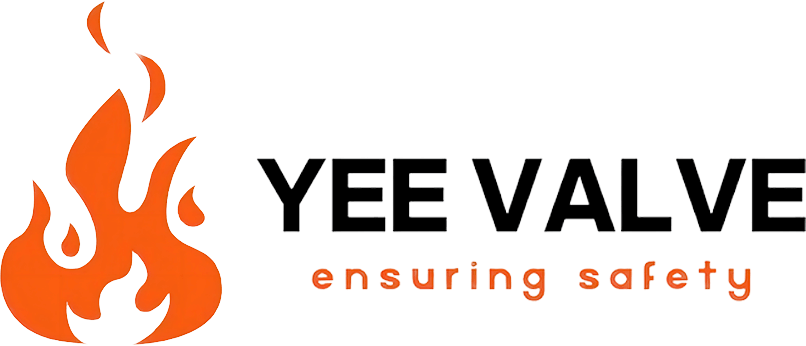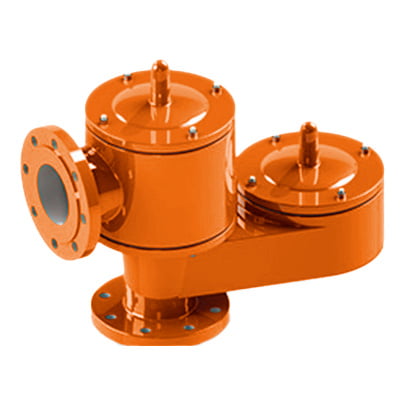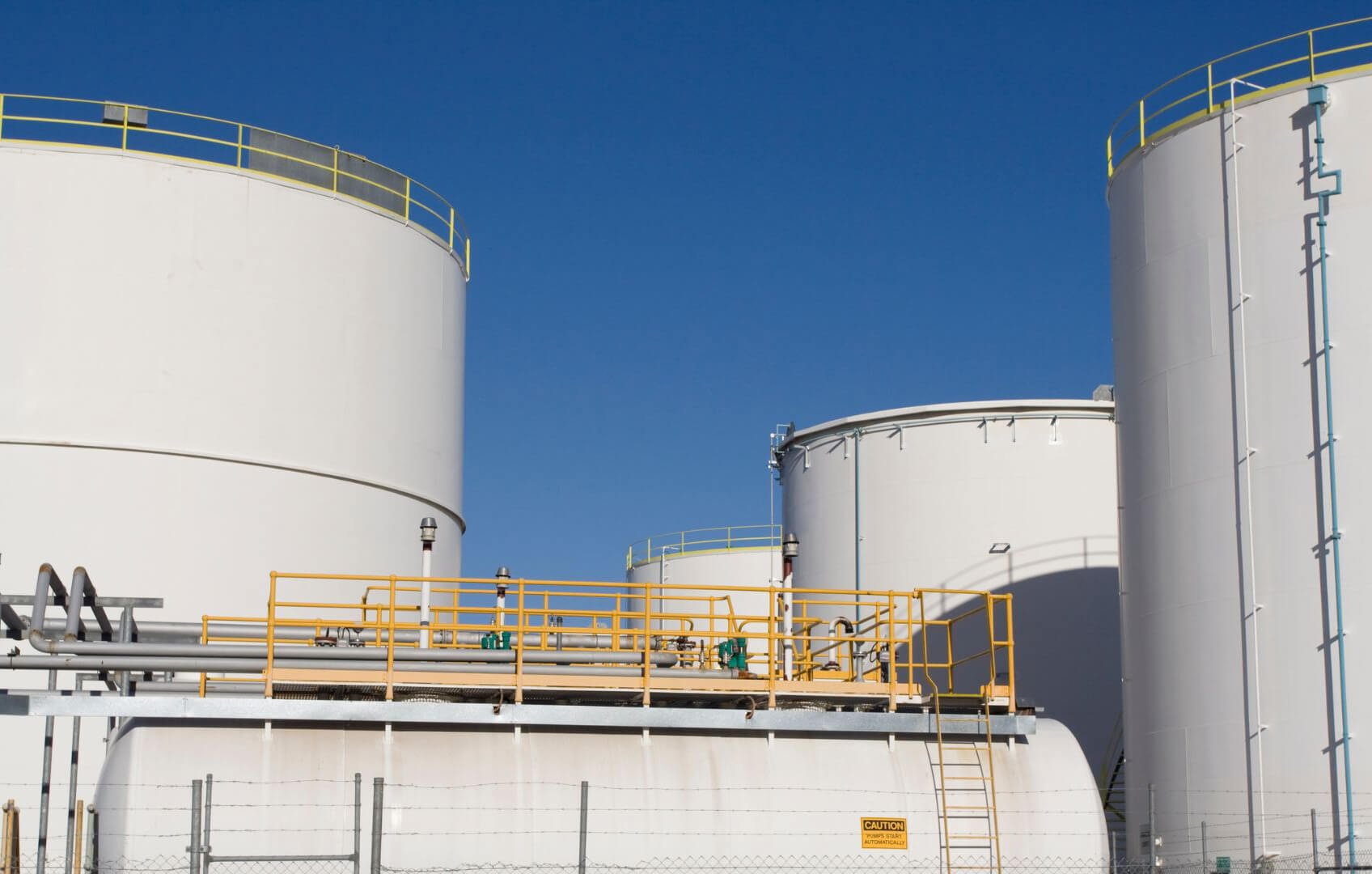¿Qué es una válvula de ventilación?
Una válvula de ventilación (válvula de alivio de presión/vacío) está diseñada para proteger los tanques de almacenamiento, los sistemas de proceso y los equipos de condiciones excesivas de presión y vacío. Estas válvulas permiten la ventilación controlada de gases o vapores y ayudan a mantener un entorno de trabajo seguro al evitar daños al tanque y minimizar la pérdida de producto debido a la evaporación.
¿Cómo funcionan las válvulas de ventilación?
Las válvulas de ventilación funcionan mediante el uso de paletas cargadas con peso o con resorte para controlar el flujo a través de la válvula. Cuando la presión interna o el vacío alcanza un punto establecido, la paleta se levanta del asiento para permitir el flujo. Esto evita pérdidas de emisiones hasta muy cerca de la presión establecida y evita la entrada de aire hasta muy cerca del vacío establecido.
¿Cuáles son los beneficios de utilizar una válvula de ventilación?
- Alta capacidad de flujo a partir de un tamaño de válvula compacto.
- Amplia gama de ajustes de presión y vacío para una máxima protección del tanque.
- Minimización de la pérdida de gas y evaporación, lo que se traduce en ahorro económico.
- Cumplimiento de estrictas normas de control de emisiones.
- El diseño modular permite la personalización según requisitos específicos.
¿De qué materiales están hechas las válvulas de ventilación?
Las válvulas de ventilación se pueden construir con diversos materiales, incluidos aluminio, acero inoxidable, acero al carbono, hierro dúctil y aleaciones como C276. La elección del material depende de la aplicación específica y del tipo de medio que se maneja.
¿Cuáles son las aplicaciones comunes de las válvulas de ventilación?
Las aplicaciones comunes incluyen la protección de tanques de almacenamiento en industrias como la farmacéutica, la de alimentos y bebidas, la de procesamiento químico y la petroquímica. También se utilizan en sistemas donde es necesario canalizar o ventilar los vapores a la atmósfera.
¿Qué normas cumplen las válvulas de ventilación?
Las válvulas de respiración se diseñan y proban de acuerdo con estándares como API 2000: 2014 y ES ISO 28300: 2016. También se encuentran con la Directiva Europea 2014/34/UE para equipos utilizados en atmósferas potencialmente explosivas (ATEX).
¿Cómo selecciono la válvula de respiración correcta para mi aplicación?
Seleccionar la válvula de respiración derecha implica considerar factores como el tamaño del tanque, las características de los medios (punto de inflamación, punto de ebullición, calor latente de vaporización, masa molecular), ubicación, tasas máximas de llenado y vaciado, y la presión establecida y la configuración de vacío. Consultar con un experto en válvulas de YEE y usar un servicio de dimensionamiento de válvulas puede ayudar a garantizar un rendimiento óptimo y una rentabilidad.
¿Qué mantenimiento se requiere para las válvulas de ventilación?
Es necesario realizar inspecciones y mantenimiento periódicos para garantizar que las válvulas de ventilación funcionen correctamente. Esto incluye verificar si hay obstrucciones, garantizar que las paletas y los asientos estén limpios y libres de desechos, y verificar que las presiones y los vacíos establecidos sean precisos. Los procedimientos de mantenimiento deben seguir las recomendaciones del fabricante para mantener la seguridad y la eficiencia.



